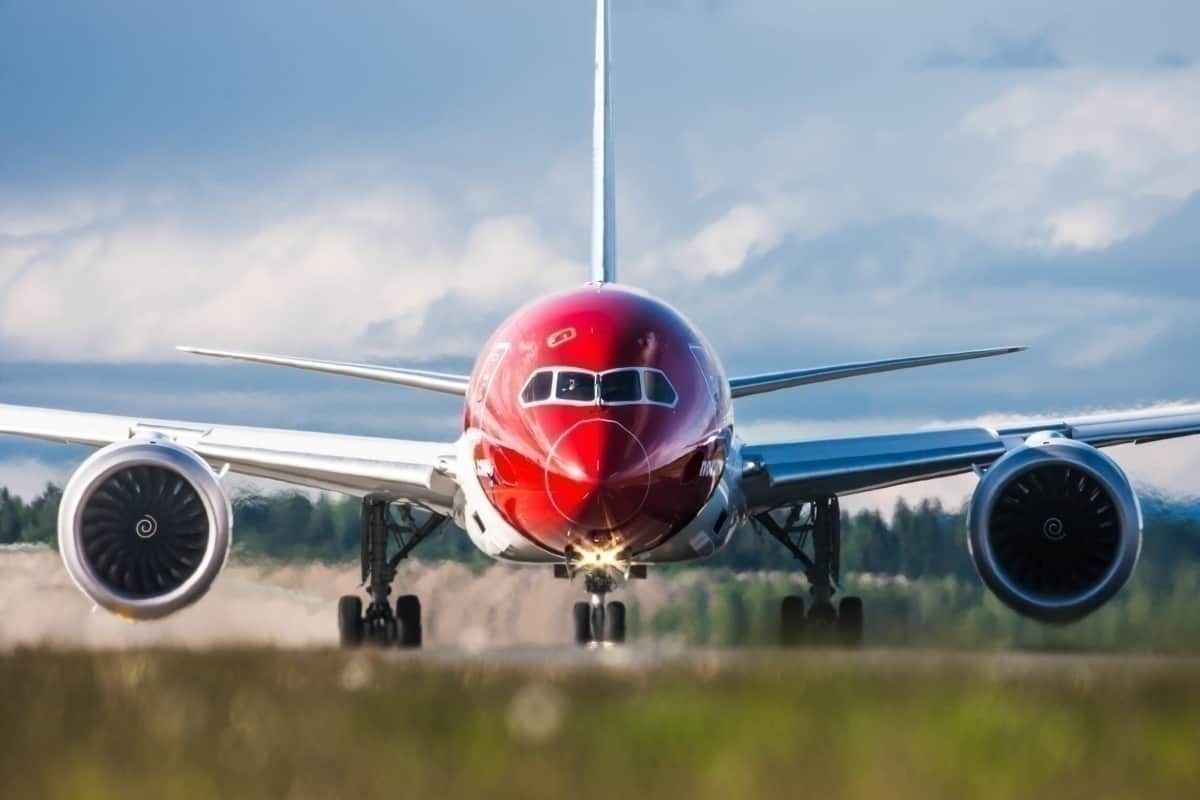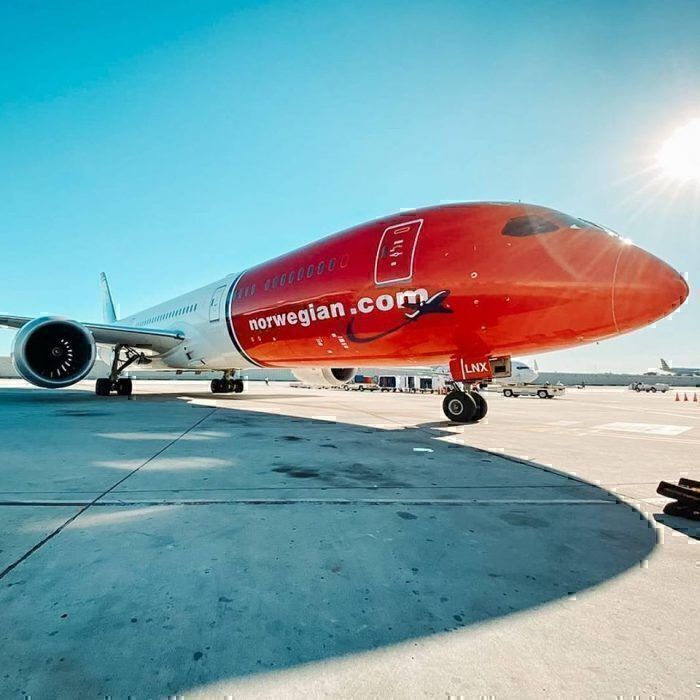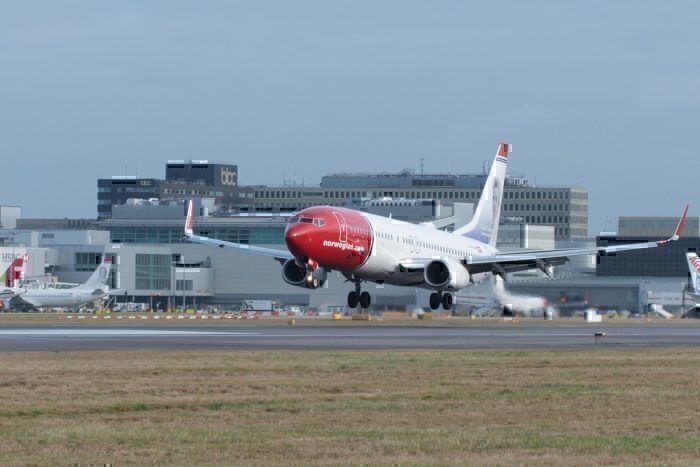Documents provided in a Monday presentation to bondholders show that low-cost carrier Norwegian Air is preparing itself for various scenarios in the coming months as a response to the COVID-19 pandemic. Part of its strategy for survival and ultimate recovery will see the airline shrink its operations and focus on its ancillary revenue over the next few months.
"Right-sizing, focus on profitable routes and impact of COVID-19 will affect the fleet count" -Norwegian bondholder report
A smaller fleet for fewer destinations
Norwegian's focus during the next few months will be on cash preservation. This is a very logical move considering it is the lifeblood of any airline - any business really. As such, the airline envisions the "New Norwegian" will have a fleet size of between 110 and 120 aircraft. This is a nearly 30% reduction in the number of aircraft that it operated pre-COVID-19.
The main driver behind this is international travel restrictions, which have largely been in place since late-March. There is a great deal of uncertainty as to when each country will lift its travel bans, leaving the carrier to plan for the worst. Travel restrictions mean fewer routes and thus fewer aircraft.
Fleet composition is uncertain as the airline will need to adjust and react to market demand in these highly uncertain times. "Norwegian will plan for a reduction in the aircraft fleet, aligned with market for airline travel post COVID-19" the report states.
However, until March-April 2021 the airline is planning (as a worst case) to have only seven aircraft in operation on its Norwegian short-haul operations, with a focus on minimizing cash burn. As for its European short-haul and long-haul operations, the airline is bracing itself for a full grounding for the next 11 months. This, it notes, is its "slow recovery" scenario and there is flexibility for it to restore operations earlier upon sufficient demand.
When travel restrictions do finally ease, the airline will focus on top-tier cities and key flows between the EU and the US. It on these routes where Norwegian has "inherent strengths in terms of scale and existing presence", listing London Gatwick, New York JFK, and Los Angeles/LAX as its focus cities. Closer to home, the airline will focus on strengthening intra-Nordic operations.
The focus on ancillary revenue
The airline envisions ancillary revenue becoming an important path to profitability and loss avoidance. As such, passengers may see new products or more promotions for extra services beyond the basic cost of airfare.
The airline will "[respond] to customer's needs with right products and [capture] willingness-to-pay". As such, it is targeting a boost of ancillary sales to 25% of ticket revenue. To do this, Norwegian will lean on a "personalized, data-driven e-commerce engine".
Conclusion
Norwegian's overall approach during these uncertain times is to be leaner and more efficient - capitalizing on demand wherever it can be found. While Norwegian was already firmly a low-cost airline, its strategy appears to be leaning into the business model - especially with its focus on ancillary revenue.
Therefore, Norwegian customers can ready themselves to see more adverts for extra services. Hopefully, any new bundles or products will be of true value to the passenger and not a detriment to the core flight experience.
We asked the airline if social distancing policies will be implemented on its path to recovery as it would most certainly affect profitability. At the time of publication, Norwegian has yet to respond to the inquiry.
Do you think Norwegian's April 2021 estimate is too pessimistic? Or is it wise to plan for a slow recovery of this duration? Let us know in the comments.



